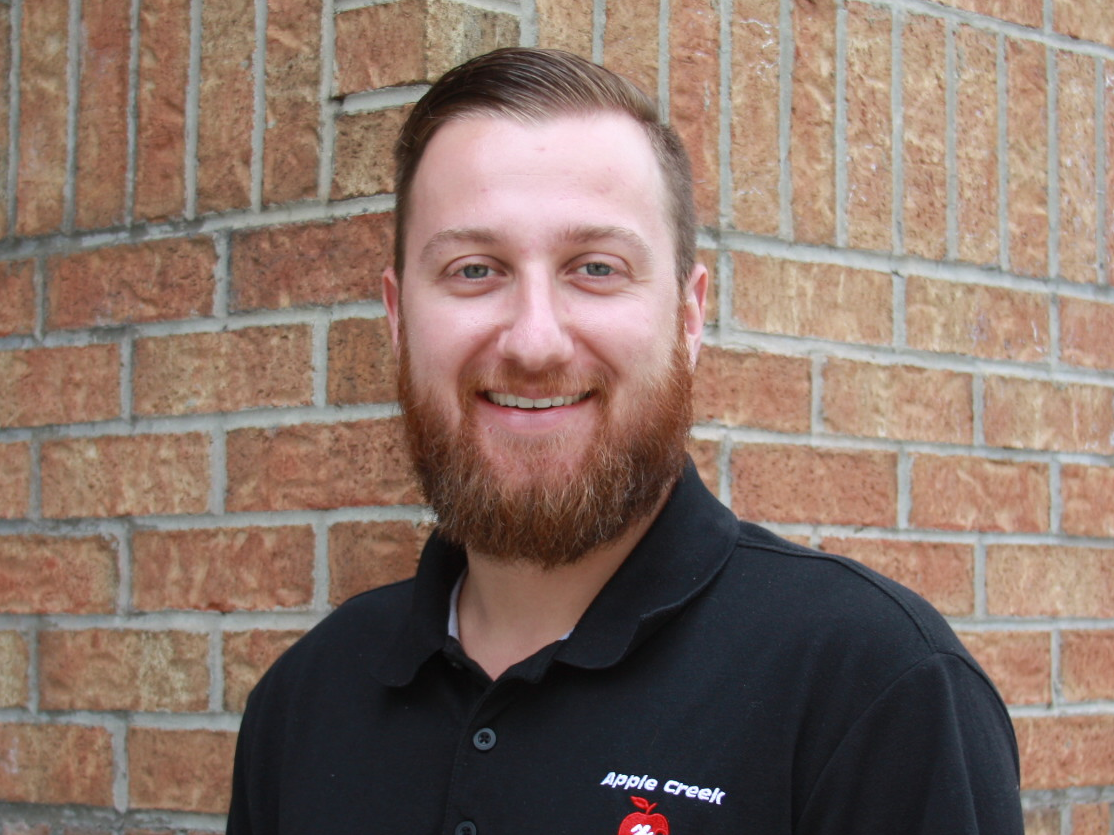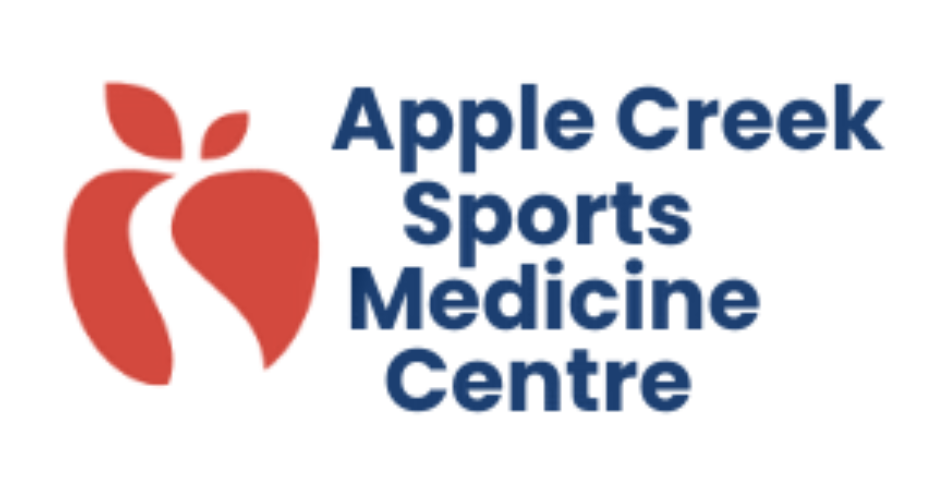Now that Brock is DOMP’ed, completing his Thesis and obtaining his credentials, see below to explain the difference between and Osteopathic Manual Practitioner and an Osteopathic Physician!
 Osteopathy was named by an American Physician, Dr. Andrew Taylor Still in 1874. He opened a school in Kirksville, Missouri in 1892 and began teaching students mechanical mobilizations to the human body in order to promote health and heal disease. Today, there are over 22 countries that contain osteopathic schools and over 43,000 Osteopaths worldwide.
Osteopathy was named by an American Physician, Dr. Andrew Taylor Still in 1874. He opened a school in Kirksville, Missouri in 1892 and began teaching students mechanical mobilizations to the human body in order to promote health and heal disease. Today, there are over 22 countries that contain osteopathic schools and over 43,000 Osteopaths worldwide.
Over the many years, there are two branches of the osteopathic profession that have been evolved into two distinctive practices. These two types are:
- Manual Osteopathic Practitioner (D.O.M.P)
- Medical Osteopath (D.O)
TYPES
Manual Osteopathic Therapists specialize in manual therapy and are proficient in manual approaches to healing the body. This differs from a Medical Osteopath, as they use pharmacy, surgery and other medical practices to their approach. In Canada, there are currently no colleges of osteopathic medicine, and DOs that practice in Canada have trained in other countries such as the United States. Therefore, most Osteopathic Practitioners in Canada are Manual Osteopathic Therapists.
In Canada, the title “Osteopath” or “Osteopathic Physician” are protected by the medical regulatory college for physicians and surgeons. Therefore, the type of Osteopathy that is practiced in most Canadian provinces is Manual Osteopathy. As of 2014, Manual Osteopathic practice is not a government-regulated health profession in any province, but the Osteopathic Associations are trying to get that changed.
FUNCTION
Manual Osteopathic therapists use a variety of techniques to help restore the body back to its optimal state. These techniques include:
- Articulatory Techniques which move the joint through their respective range of motion
- Soft tissue Techniques which can be applied directly or indirectly to muscles, fascia and other soft tissue
- Visceral Techniques which involve gentle pressure through the abdominal muscles to help treat the internal organs
- Cranial Sacral Techniques which focus on the brain, spinal cord, cerebrospinal fluid, cranial bones and the sacrum
REASON
Some of the most common reason people visit Osteopaths is lower back and neck pain. Some of the other regions of the body that get most treated are spine/pelvis, legs, pregnancy/infants and internal organs. It is safe for use in patients with traumatic brain injures such as whiplash or concussions. It has been shown to treat back pain as effectively as medication.
References
- http://osteopathyontario.org/wp-content/uploads/2014/01/OIA_Osteopathy_and_Osteopathic_Medicine_Summary.pdf
- World Health Organization benchmark. http://apps.who.int/medicinedocs/documents/s17555en/s17555en.pdf
- Degenhardt BF et al (JAOA, 2007) & Andersson GB et al (NEJM, 1999)
- https://www.healthlinkbc.ca/health-topics/aa106363spec

